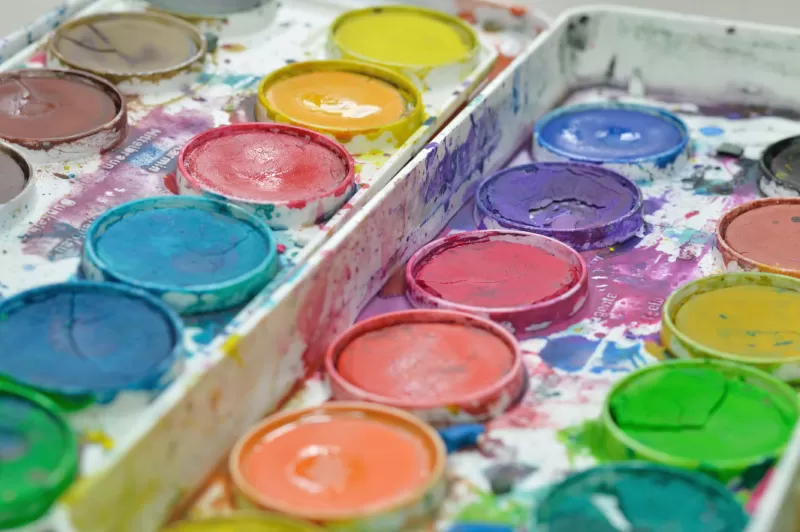- Table salt
- Masking tape or rubber cement.
- Sewing needle
- Rubbing alcohol
- Plastic wrap
Common Watercolor Painting Techniques Part II

In the previous article, we mentioned some of the most common watercolor painting techniques pointed out by the painter Chayim Shvarzblat. In this article we will continue with the list of techniques, and also will explain each of them.
But, before continuing, we will lock back on the common tools needed for these techniques.
The basic tools are paint set, paper, and wet media brushes in various sizes. In addition to these, we will need: